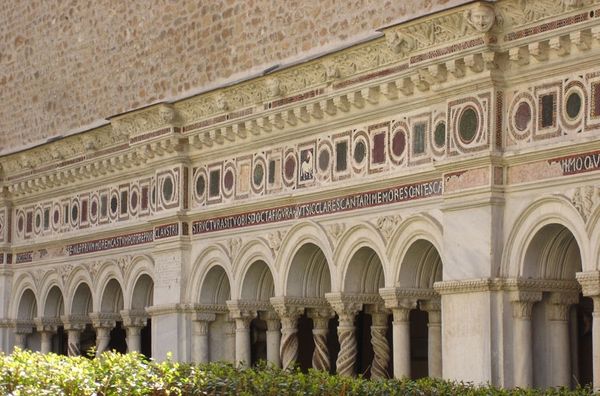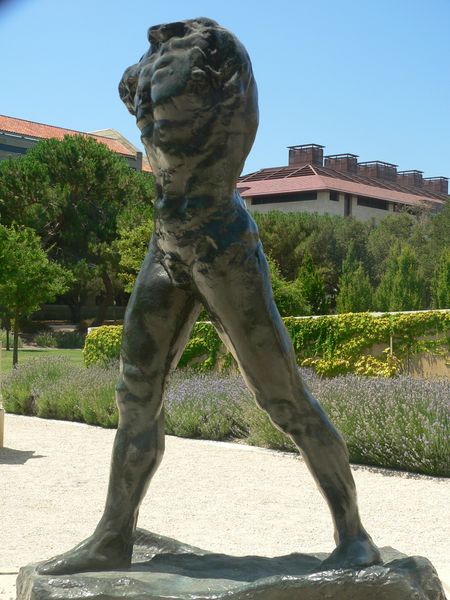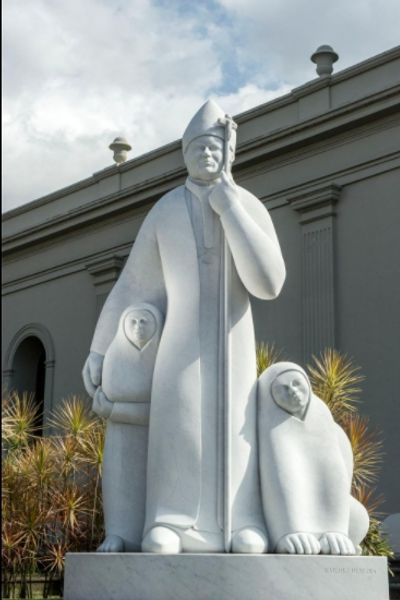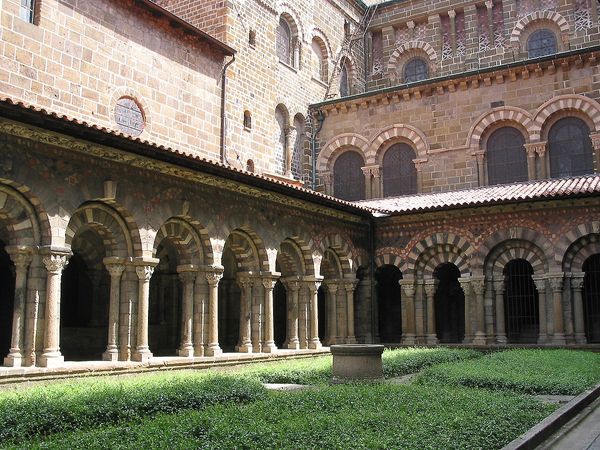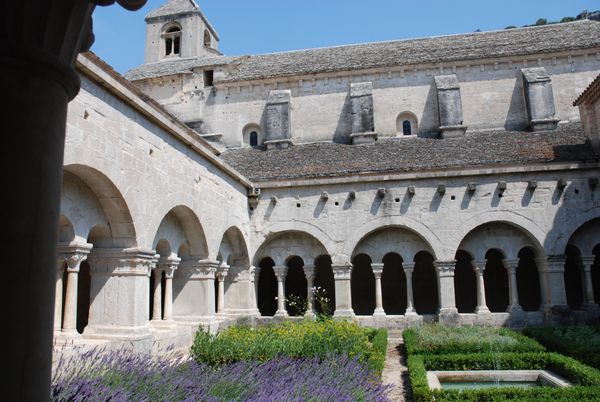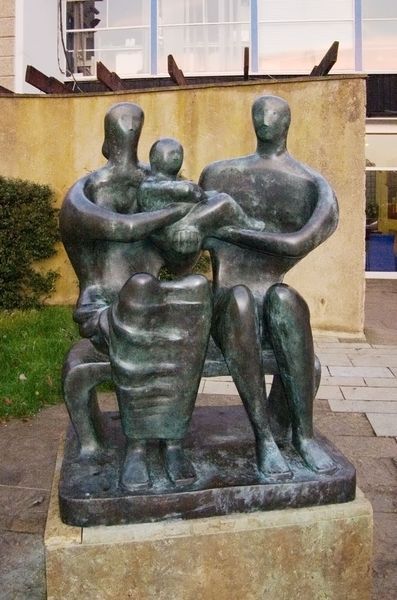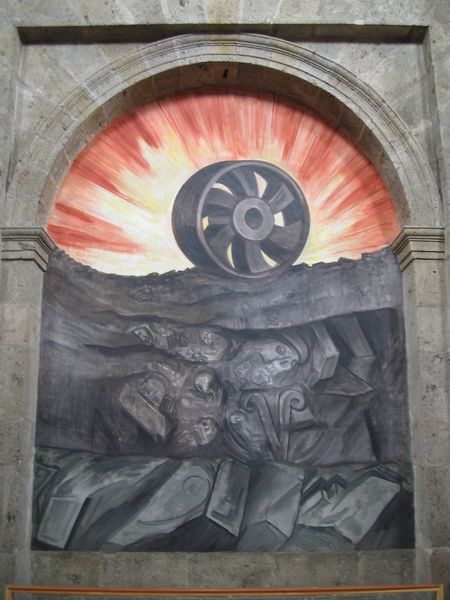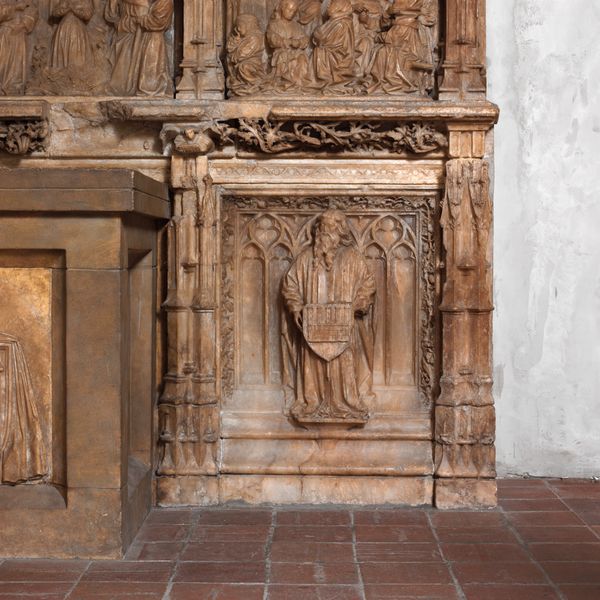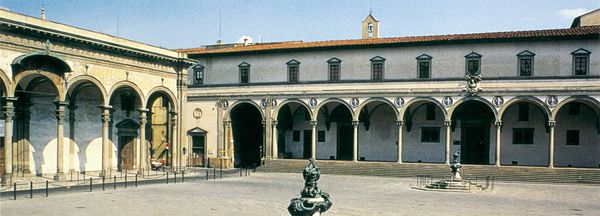
bronze, public-art, sculpture
#
public art
#
statue
#
16_19th-century
#
narrative-art
#
sculpture
#
bronze
#
public-art
#
sculpture
#
group-portraits
#
realism
#
statue
Copyright: Public domain
Editor: Here we have Auguste Rodin's *The Burghers of Calais*, cast in bronze around 1889. The figures appear burdened, both physically and emotionally. What can you tell me about the material presence of this work and its context? Curator: The piece is significant in how it foregrounds labor and materiality. Bronze casting, particularly at this scale, demands significant resources and manpower. The very act of creating this sculpture—from the initial modeling in clay to the pouring of molten bronze—speaks to the social and economic structures that supported Rodin’s artistic practice. Editor: So, you’re focusing on what it took to *make* this rather than the heroic story behind it? Curator: Precisely. Consider the shift Rodin instigated: Traditionally, sculptures like this would be elevated on a plinth, distancing the 'heroic' subject. Rodin, however, placed them at ground level, inviting interaction. This disrupts the expected consumption of heroic sculpture, forcing viewers to confront the physical reality and the weighty presence of both the material and the men it portrays. Editor: That's fascinating – thinking about the bronze itself as a kind of loaded material, contributing to the narrative. Did Rodin intend this, or is it our later interpretation? Curator: Rodin was very aware of materiality. He wanted to create a relatable reality of war compared to classical idealized forms of masculinity. He worked on the bodies until they became heavy and cumbersome. In a way, *The Burghers of Calais* underscores the human cost of conflict beyond simplistic tales of valor. The texture and patination enhance the overall theme. Editor: I see it differently now, considering all of the labor involved to build this bronze monumentality. Curator: Material analysis allows you to think of the sculpture as both art and a historical artifact which speaks of past craftsmanship and the impact of conflict.
Comments
No comments
Be the first to comment and join the conversation on the ultimate creative platform.

